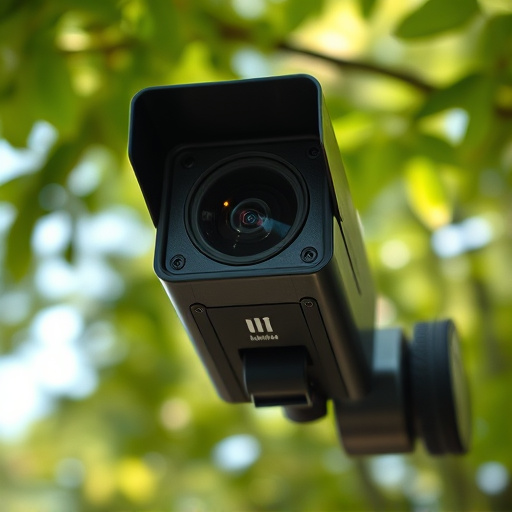Nanny cams disguised as everyday household items offer a discreet and popular solution for monitoring, blending seamlessly into environments like clocks or plants. Advances in technology, including specialized detectors and AI software, aid in finding hidden cameras. Legal considerations are crucial, with strict regulations on camera placement in private spaces requiring explicit consent. Unethical deployment can result in severe legal repercussions, emphasizing the importance of privacy laws and transparency for trust.
Uncover the art of covert recording with our comprehensive guide on nanny cam placement and detection. Explore innovative ways to disguise these devices as everyday household items, ensuring optimal monitoring while maintaining privacy. From creative positioning strategies to advanced tools for detection, we equip you with knowledge to navigate this delicate balance.
Delve into legal considerations, understanding the ethical use of hidden cameras and the evolving landscape of privacy rights. Stay informed and make informed choices in an era where discretion meets technology.
- Understanding Nanny Cam Disguises: Creative Placement Ideas
- Detection Methods: Tools and Techniques to Spot Hidden Cameras
- Legal Considerations: Ethical Use and Privacy Rights
Understanding Nanny Cam Disguises: Creative Placement Ideas
Nanny cams disguised as household items have become a popular and clever way to maintain surveillance in homes, offices, or any space where discreet monitoring is necessary. These innovative devices allow users to capture video footage without raising suspicion, ensuring privacy and security. From seemingly innocuous objects like clocks, smoke detectors, or even houseplants, these nanny cams blend seamlessly into their surroundings, making them nearly invisible to the naked eye.
The creative placement of these hidden cameras is an art in itself. For instance, a small clock camera can be hung on a wall, appearing as a decorative timepiece, while a plant with an integrated camera captures footage from within a lush indoor garden. This subtle approach ensures that the focus remains on the environment rather than on the monitoring device, making it an effective solution for those seeking to maintain a natural and unintrusive atmosphere while still achieving surveillance goals.
Detection Methods: Tools and Techniques to Spot Hidden Cameras
Detection methods for covert recording equipment, such as nanny cams disguised as household items, have evolved significantly with technological advancements. One common technique involves utilizing specialized tools that can analyze and detect digital signals emitted by hidden cameras. These tools can range from handheld detectors that use infrared or radio frequency (RF) technology to more advanced software-based solutions that employ artificial intelligence (AI) algorithms to identify unusual patterns or anomalies in a space, potentially indicating the presence of a covert camera.
Another effective approach is visual inspection, where trained professionals carefully examine potential hiding spots and household items for any signs of hidden cameras. This method often includes scrutinizing common locations like clock radios, smoke detectors, decorative objects, or even plants for telltale signs of tampering or unusual components that might suggest a recording device is present. Additionally, thermal imaging cameras can be employed to detect heat signatures that may differ from the surrounding environment, potentially revealing hidden electronic devices.
Legal Considerations: Ethical Use and Privacy Rights
When considering the placement and detection of covert recording equipment, it’s crucial to navigate a complex web of legal considerations, particularly in regard to ethical use and privacy rights. The use of devices like Nanny Cams disguised as household items must adhere to strict regulations to protect individuals’ privacy. In many jurisdictions, hidden cameras are only permitted with explicit consent from all parties involved, especially when it comes to recording conversations or capturing intimate moments within private residences.
Unethical or illegal placement of such equipment can result in severe legal repercussions, including civil lawsuits and criminal charges. It’s essential for users to understand the boundaries set by privacy laws and respect the rights of others. Additionally, being transparent about the presence of these devices encourages a culture of trust and openness while ensuring that everyone involved is aware of potential recordings.
Covert recording equipment, particularly nanny cams disguised as household items, raise important privacy concerns. While innovative placement techniques can make these devices nearly invisible, it’s crucial to balance their potential benefits with ethical considerations. Understanding detection methods and legal boundaries ensures responsible use, respecting both peace of mind and individual privacy rights in the digital age.
